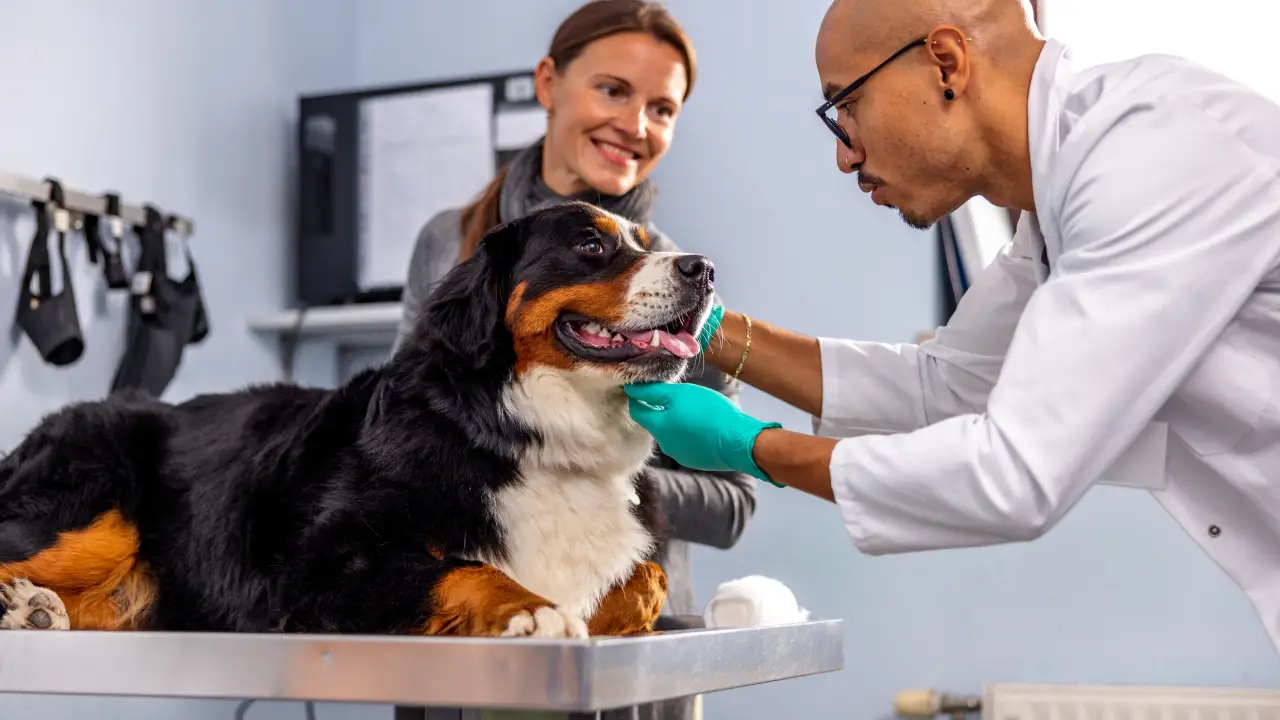When it comes to pet ownership, providing the best care for your furry friend is a top priority. However, vet bills can quickly add up, especially in the event of an accident or unexpected illness.
Pet insurance can provide peace of mind by covering a portion of these costs, but not all pet insurance policies are created equal. Having to understand and compare pet insurance coverage is essential to ensure you’re getting the best value for your money.
What Is Covered by Pet Insurance?

Before diving into a comparison of providers, it’s essential to understand the general types of coverage available in pet insurance policies:
- Accident and Illness Coverage: This is the most common type of coverage, protecting your pet against unexpected accidents (e.g., broken bones) and illnesses (e.g., infections, cancer). Some policies may even cover congenital conditions.
- Accident-Only Coverage: These policies are more affordable but only cover injuries resulting from accidents, not illnesses or routine care.
- Routine Care Coverage: Some providers offer coverage for preventative care, such as vaccinations, flea treatments, and annual check-ups. However, this is typically an optional add-on, rather than part of the standard policy.
- Third-Party Liability: For pet owners who may be concerned about their pet causing harm to others, this type of coverage protects against damage or injury to people or property caused by your pet.
- Alternative Therapies: Some plans may cover non-traditional treatments, such as acupuncture or hydrotherapy, which can be useful for managing chronic conditions.
- Emergency Care and Surgery: This is often a core part of most policies, ensuring that in an emergency, your pet can receive necessary treatments without overwhelming financial strain.
What to Consider When Choosing a Pet Insurance Provider
When choosing a pet insurance provider, it’s important to evaluate the following factors:
- Premium Costs: Compare the monthly premiums of each provider and consider your budget. Keep in mind that the cheapest option may not always provide the best coverage.
- Excess: Most pet insurance policies require an excess payment, which is the amount you pay out-of-pocket before the insurance kicks in. Check how much the excess is, as this can vary between providers.
- Waiting Periods: Some policies have waiting periods before coverage starts, especially for illnesses or specific treatments. It’s essential to factor this into your decision-making.
- Claims Process: A smooth and straightforward claims process is crucial in times of need. Read reviews or speak with existing customers about their experiences with claims handling.
- Exclusions: Ensure you understand the exclusions in each policy. Many plans exclude pre-existing conditions, cosmetic procedures, or certain hereditary issues.
Conclusion
Pet insurance can be an invaluable safety net for unexpected vet bills, but it’s essential to understand what you’re getting for your money. By comparing the coverage, premiums, and additional benefits offered by the top providers, you can make an informed decision and select the right plan for your pet’s needs.
Remember, the best pet insurance for your furry friend depends on their age, breed, and health, as well as your budget and preferences. With the right coverage, you can rest easy knowing that your pet will receive the best care possible, no matter what the future holds.















